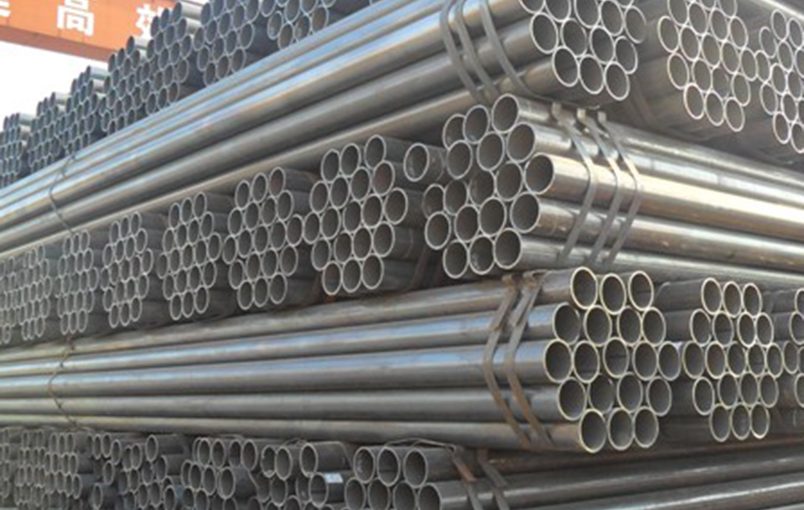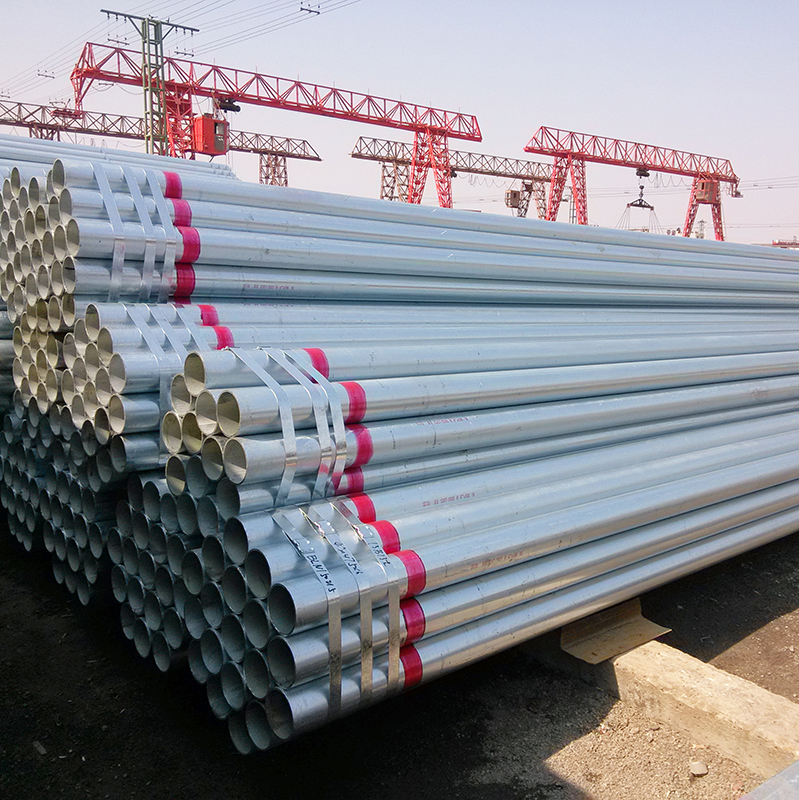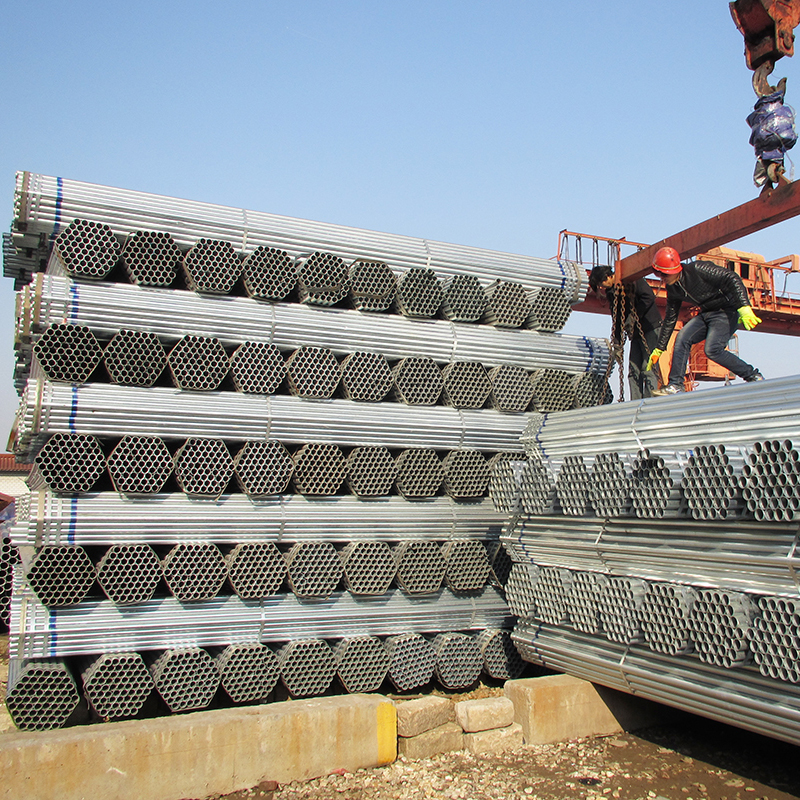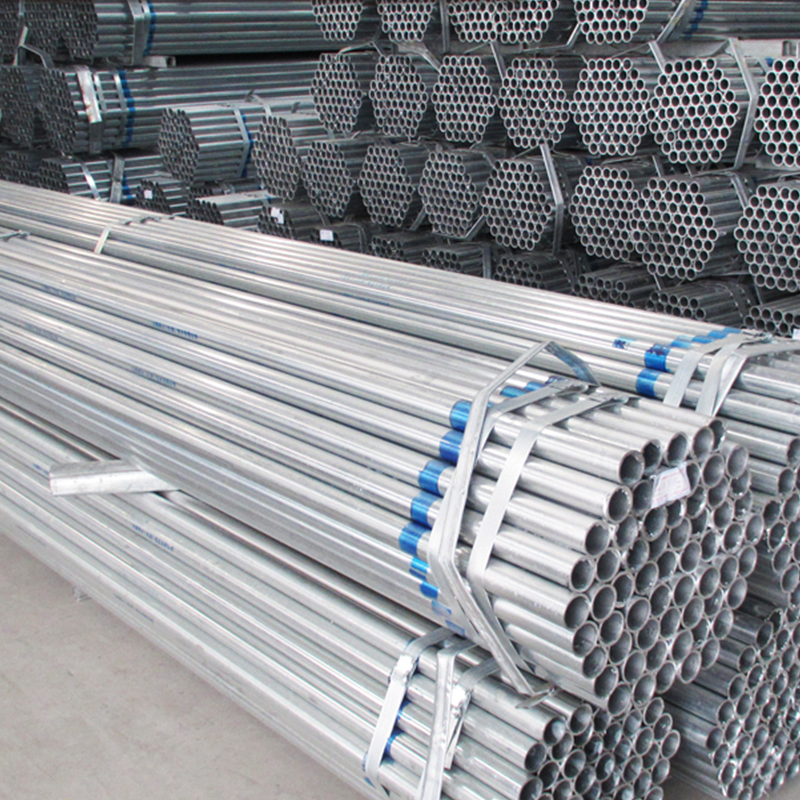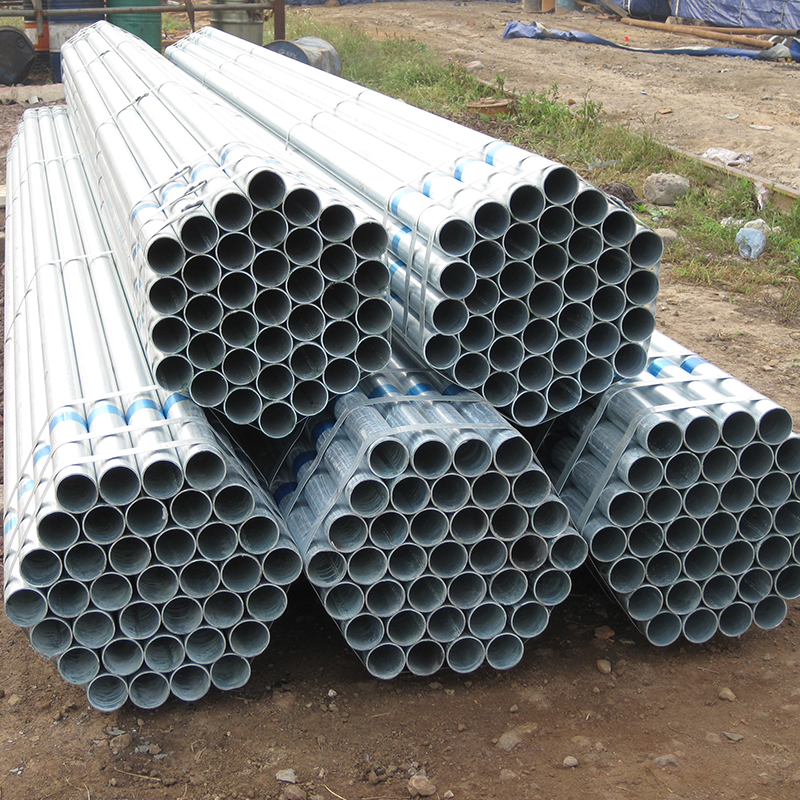Black steel pipe as one common member of structural steel pipes has been widely used in greenhouse projects for many years due to its strength and stability in use. Furthermore, black steel pipe’s tensile strength makes it a better choice for people to use in in greenhouse projects today.
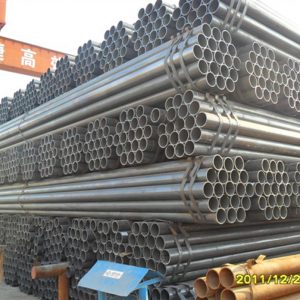
Greenhouse frames can be constructed of several different types of materials. If you’re building a greenhouse, choosing which type of frame to use will be one of your first decisions. And it is obviously important to select a proper type of pipe frame to supports the entire greenhouse structure. In general, steel, available in many forms for intended purposes other than greenhouse building, can be adapted to many shapes and sizes of greenhouses. Steel frames are the most commonly used type of frame. Steel frames are used in greenhouses ranging from tiny hobby houses to huge multi-bay commercial greenhouse complexes. Compared with galvanized steel pipe, black steel pipe doesn’t have a corrosion resistant layer but its high fire resistant performance plays an important role in fire sprinkler system.
In most cases, steel frames in greenhouse projects are usually constructed of black steel pipe. And as black steel pipe is prone to rust over time, it’s a good idea to paint the steel frame with a white paint. In addition to protecting the frame, the white paint will help to reflect a bit of additional light into the interior of the greenhouse. Cold rolled steel pipe is commonly used for steel frame in greenhouse project in recent years, which has an improved surface finish and tighter tolerances and cold rolled steel pipe is more precise dimensionally because the cold rolled steel has already gone through the cooling process, which help it closer to the finished dimension while the hot rolled steel forms the finished product looser tolerances than the original material.
With regard to steel pipe price in the market, black steel pipe are relatively cheaper than other popular steel pipes in the steel pipe market. Black steel pipe generally has the rational cost effective in the market. However, unlike other structural steel materials, galvanized steel is immediately ready for use when it is delivered. No additional preparation of the surface is required, no time-consuming inspections, additional painting or coatings are needed. Once the structure is assembled, contractors can immediately begin the next stage of construction without having to worry about the galvanized steel materials. If you choose a galvanized pipe, you can avoid the cost of maintaining and replacing corroded pipes. With galvanized pipe, your pipes can last a lot longer than black steel pipe, which will save you a lot of money in the project.
